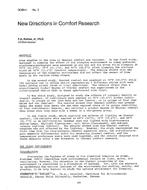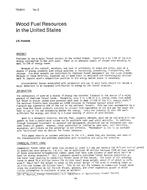Smoke composed of toxic gases is considered the most dangerous aspect in case of fire in occupied buildings; thus, it is essential to design an effective ventilation system capable of creating a suitable environment for people to evacuate. The decision criteria of a proper ventilation system for a certain engineering application requires prior understanding of the transport physical phenomena associated with smoke propagation inside closed buildings and its thermal and hydrodynamic interactions with surrounding environment. The aim of this study is to build and implement a 3D based computational code in an open source platform (OpenFOAM©), providing fire protection engineers with an effective, free, and customizable open source tool to simulate and analyze smoke propagation in occupied spaces. Results are validated by comparison to similar ones obtained using the Fluent commercial CFD solver. The finite volume method is used to numerically mimic the existence of fire via a modified energy and smoke concentration equations. A source term resembling the time-dependent power of fire is implemented in a pre-existing modified energy equation. Further, to account for the transport of smoke, a concentration equation governing the temporal, convection, diffusion, and mass generation variations of smoke is numerically implemented and coupled to the OpenFOAM© solver. Similarly, the Fluent solver is coupled to a developed C code to account for the existence of fire. To validate the implemented model in OpenFOAM©, simulations are conducted on a test case (1mx1mx1m) topologically decomposed into 244,776 cells. The heat release and smoke generation rate due to fire are triggered via an integrated source term in each of the energy and species equations using the t-squared method in the growth region. Temporal and spatial variations of velocity magnitude, temperature, smoke concentration, visibility, and smoke and heat exposure are presented and analyzed in terms of contours and spatial profiles. Results predicted via the developed open source code and the well-known Fluent solver are in good agreement.
Citation: 2nd Intl Conf: Efficient Bldg Design
Product Details
- Published:
- 2016
- Number of Pages:
- 8
- Units of Measure:
- Dual
- File Size:
- 1 file , 2.7 MB
- Product Code(s):
- D-ICEB16-27


